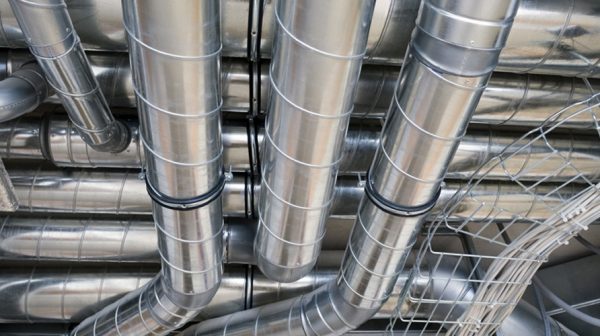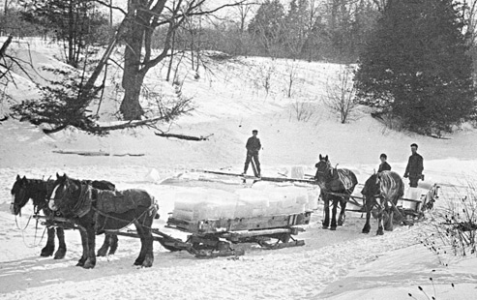Since I’ve started writing these articles, I’ve tackled some pretty broad topics such the history of ventilation rates and refrigerant nomenclature. Today I want to discuss sound considerations in HVAC systems, a topic with a slightly smaller scope.
There are many considerations in designing an HVAC system but one of the sometimes overlooked factors is the noise that can be produced when the system is turned on. First of all, the air handler makes noise when the fan is on. The flame in a furnace can sometimes be pretty loud, as well. If the ductwork isn’t isolated from these pieces of equipment properly, vibrations can shake the ductwork which also produces sound. Lastly, the airflow through the ductwork and vents (also called diffusers) can be audible if not designed correctly for the space. This last point is what I’m focusing on today.
Just like you hear the wind roar past you on a blustery day, the airflow in a duct or through a diffuser can be quite loud. This isn’t as big a problem in a factory setting, but could be quite a problem in a church or performing arts center where quietness can be a priority. For the ductwork, the velocity can be higher if the airflow is greater without making too much sound. For example, a duct moving 6,000 cubic feet per minute (CFM) of air can have a velocity up to about 1,200 feet per minute (FPM). But a system moving only 1,000 CFM should avoid velocities above 700 FPM. Building usages also have recommended maximums. For example, a church should stay away from velocities above 800 FPM no matter how much air you are moving.
Diffusers are rated using a scale known as Noise Criterion (NC). The actual scale is a set of curved lines (each one is a different NC rating) based on the sound pressure level (dB) versus the Frequency (Hz). For our purposes, it can be treated simply as a measure of how loud the diffuser is. When selecting a diffuser, the engineer compares the size of the diffuser against the airflow and one of the factors is the NC rating. You simply select a diffuser that makes less noise than allowed in the space. Very similar to the airflow, the loudness of a diffuser matters less in a noisy environment than in one you want to keep very quiet.
Noise levels are just one of the many factors that Forward Engineers takes into account when designing a building. We enjoy taking the extra time during the design process to make sure a building will serve the client well, and that includes making sure the HVAC system isn’t too loud. If you are seeking to work with an engineering firm that is client-centered and strives to provides services that are on time, on budget and exceed expectations, please contact us. We would love to work with you on your next project!




